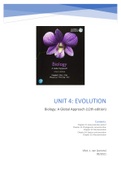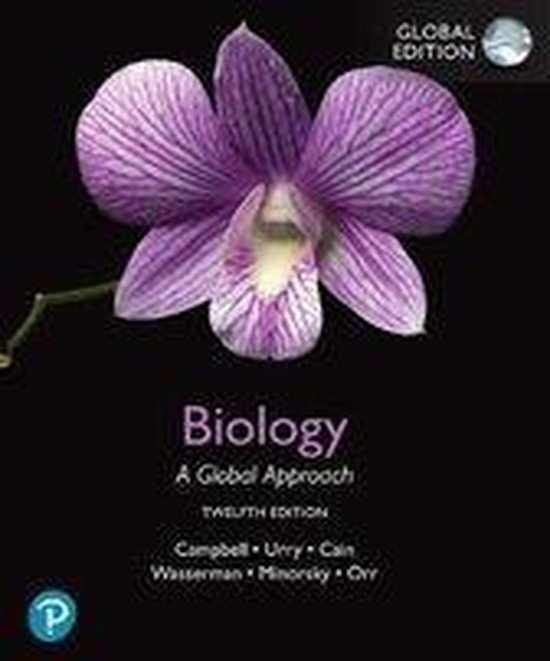Summary
Summary Unit 4 - Evolutie (H21-H25)
- Course
- Institution
- Book
Samenvatting van unit 4 uit Campbell's Biology: a global approach, gericht op het eerstejaars vak Evolutie en biodiversiteit wat op de universiteit in utrecht gegeven word. Summary of unit 4 from Campbell's Biology: a global approach, made for the course Evolution and biodiversity for students o...
[Show more]




